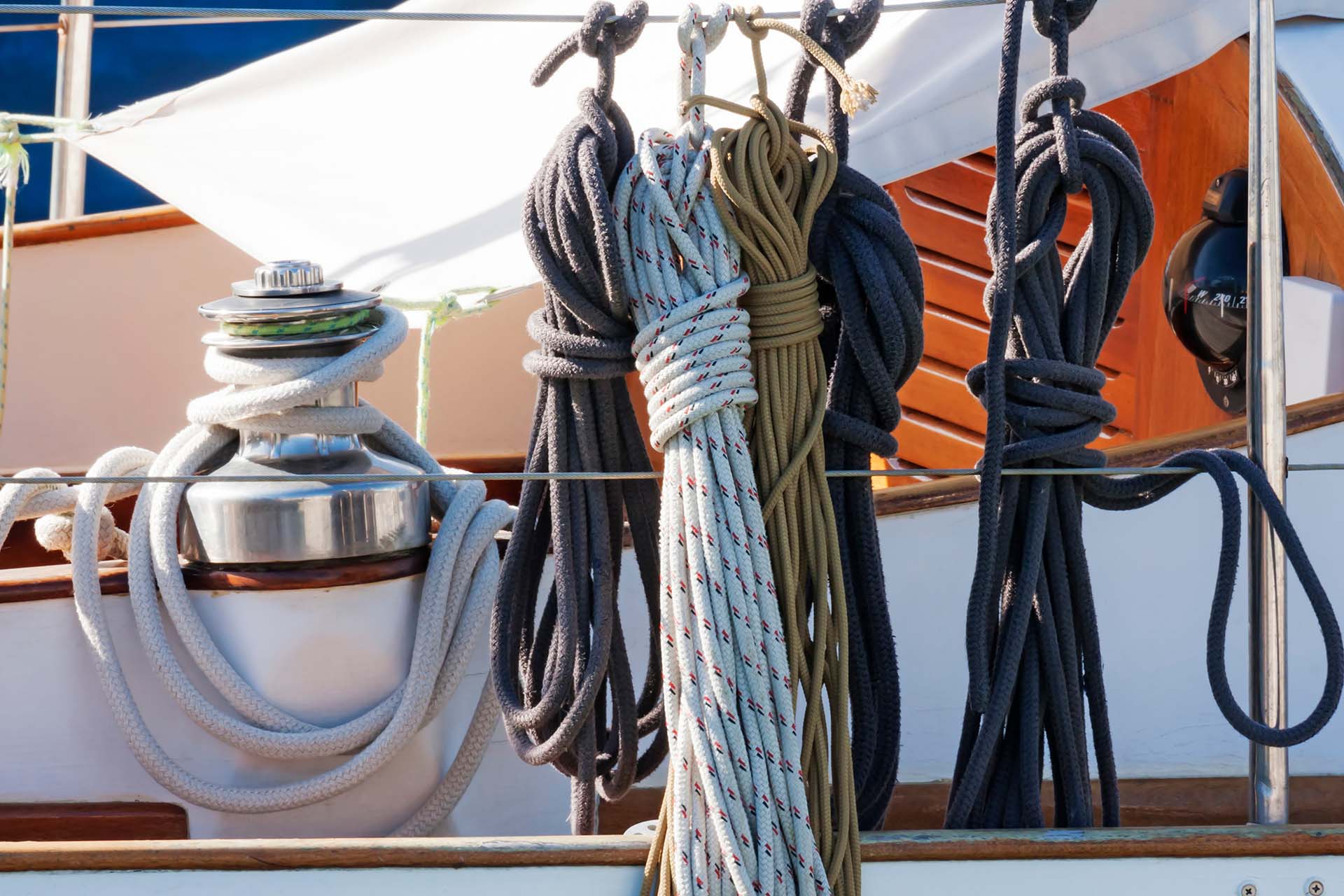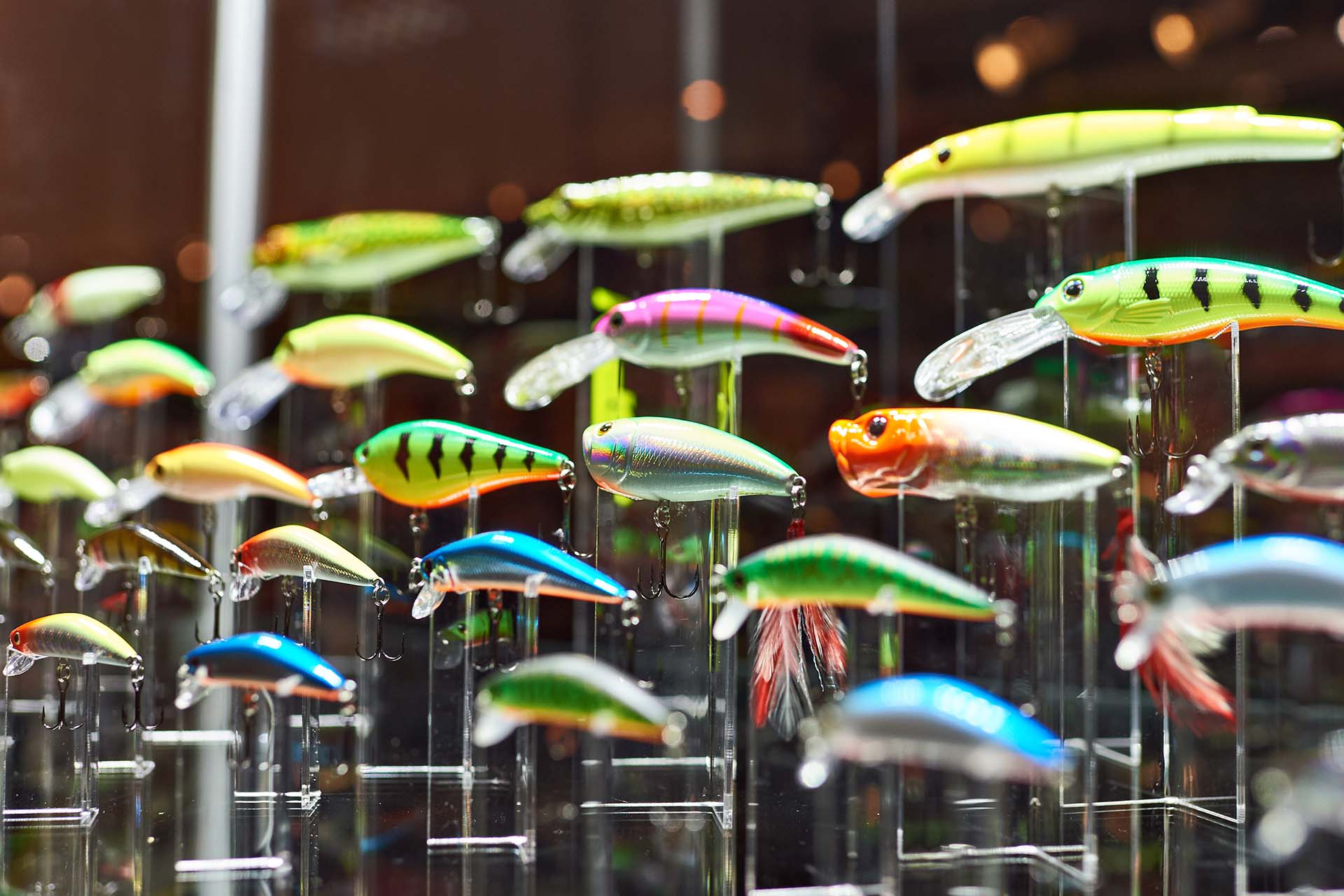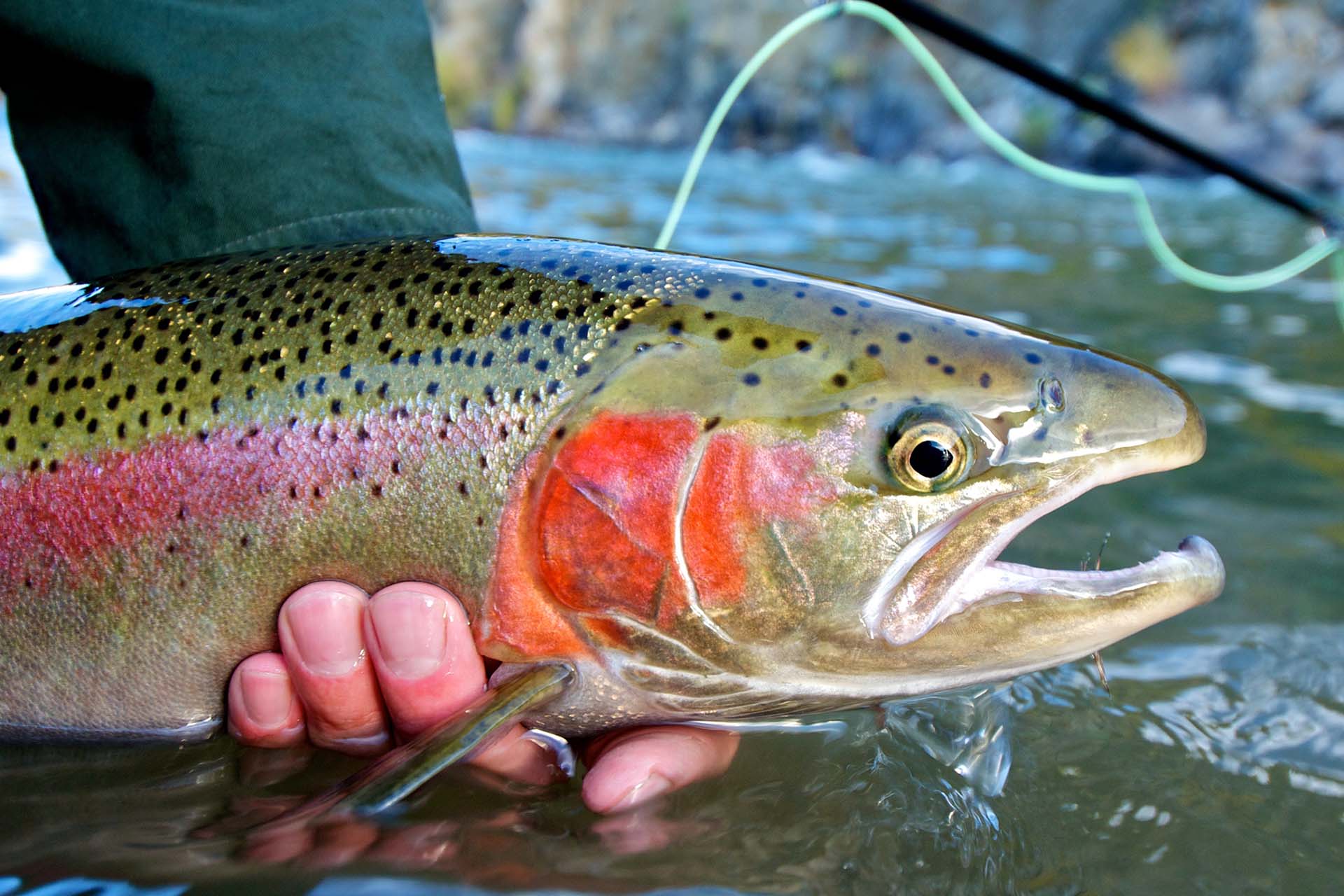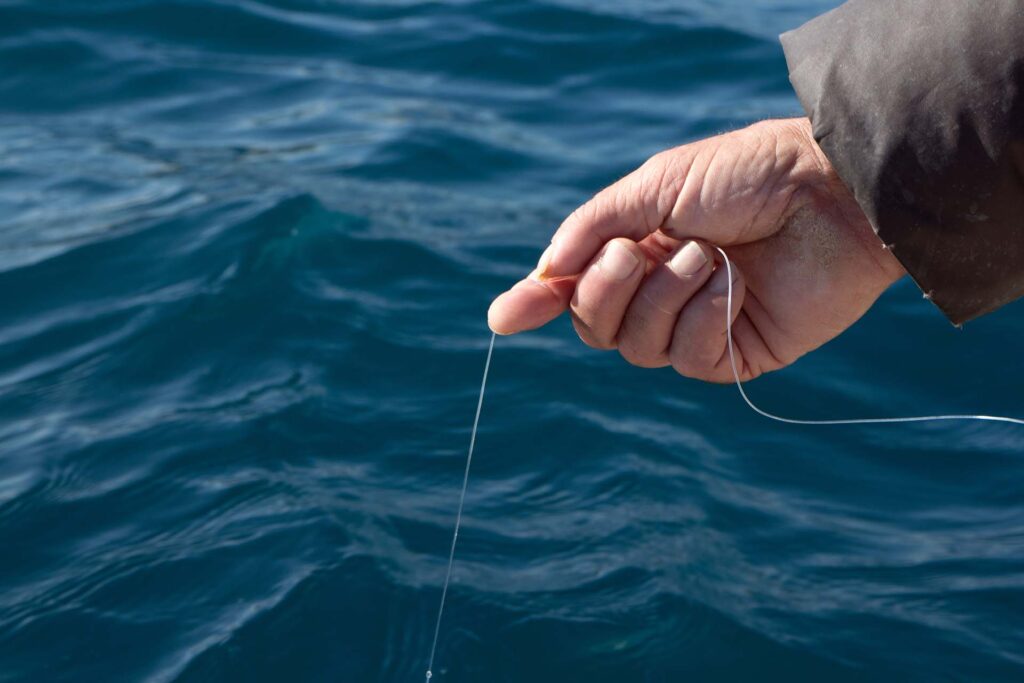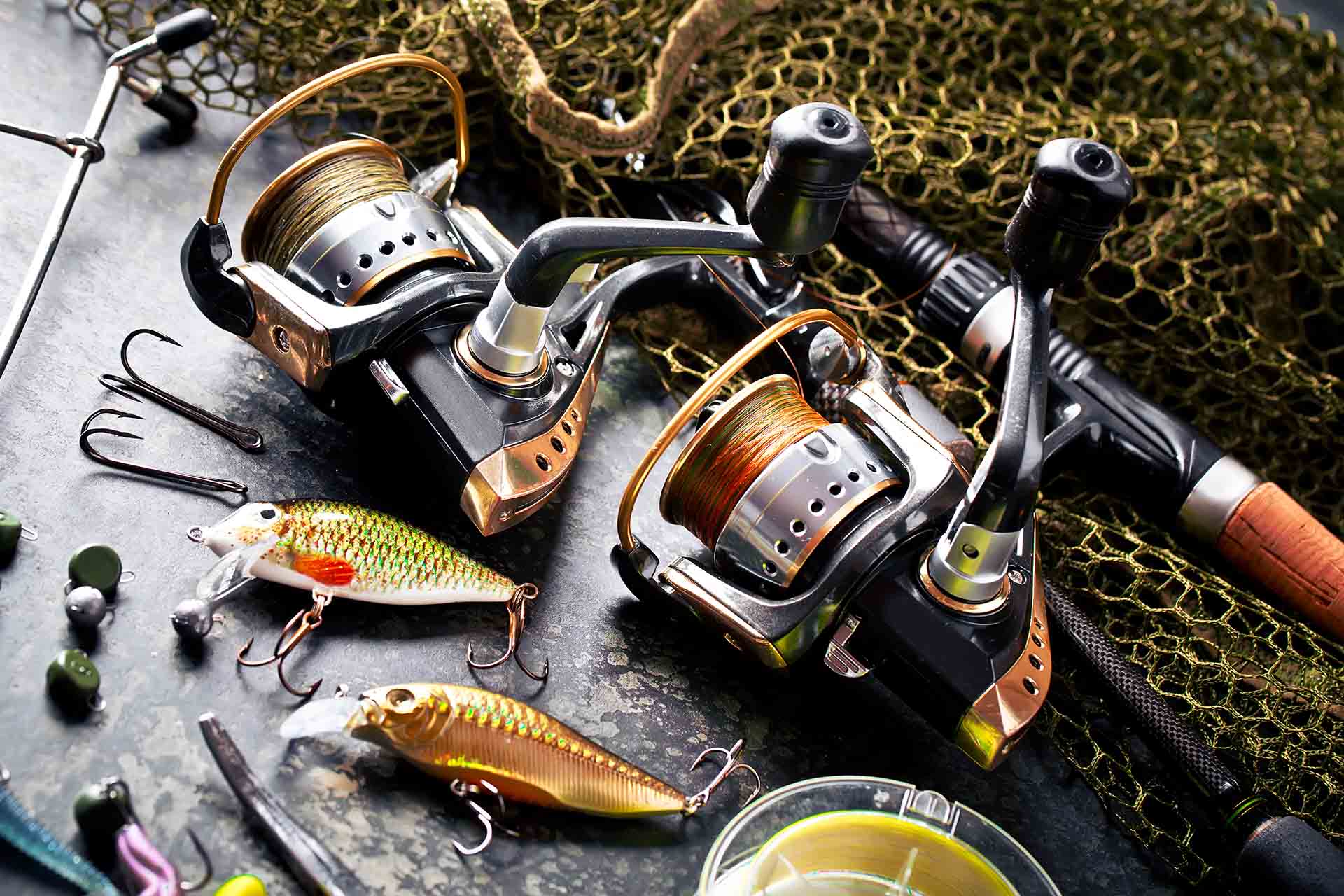Hooking a primo largemouth bass can be easy when you have the right bait. But with all the lures, worms, and artificial baits out there, it can also be confusing! Well, don’t worry, I’ll help you find the best largemouth bass bait for landing that trophy fish. Read on for tips about selecting the ideal lure to draw in those big ones, with some witty fishing stories sprinkled in for good measure!
What Is a Largemouth Bass?
Largemouth bass is a freshwater fish species endemic to North America, mainly found in lakes, rivers, and reservoirs. It is a popular gamefish among anglers because of its aggressive behavior and the thrilling fight it puts up when hooked.
Largemouth bass can grow up to two feet in length and can weigh up to twenty pounds. They have a distinctive color pattern, with dark green backs and a lighter greenish-yellow belly. They also have a large mouth with a lower jaw that protrudes beyond the upper jaw, giving them their name.
One interesting fact about largemouth bass is that it is carnivorous and will eat almost anything that moves in the water. It mostly feeds on small fish, insects, crayfish, and other aquatic prey. This has made the large bass a prized catch among anglers, who often use artificial lures or live baits such as worms, minnows, and frogs to entice them.
Where Does It Live?
Largemouth bass tends to live in warm, shallow waters, but it can be found in deeper waters as well. They are also known to congregate around structures, such as rocks, logs, and weed beds. This provides them with both protection from predators and easy access to prey.
The habitats in which Largemouth bass can be found are diverse and include backwaters, creeks, and streams, as well as large lakes and reservoirs. Since it’s a freshwater fish, it can be found in lakes, rivers, ponds, and reservoirs throughout the United States, ranging from the Great Lakes down to Mexico.
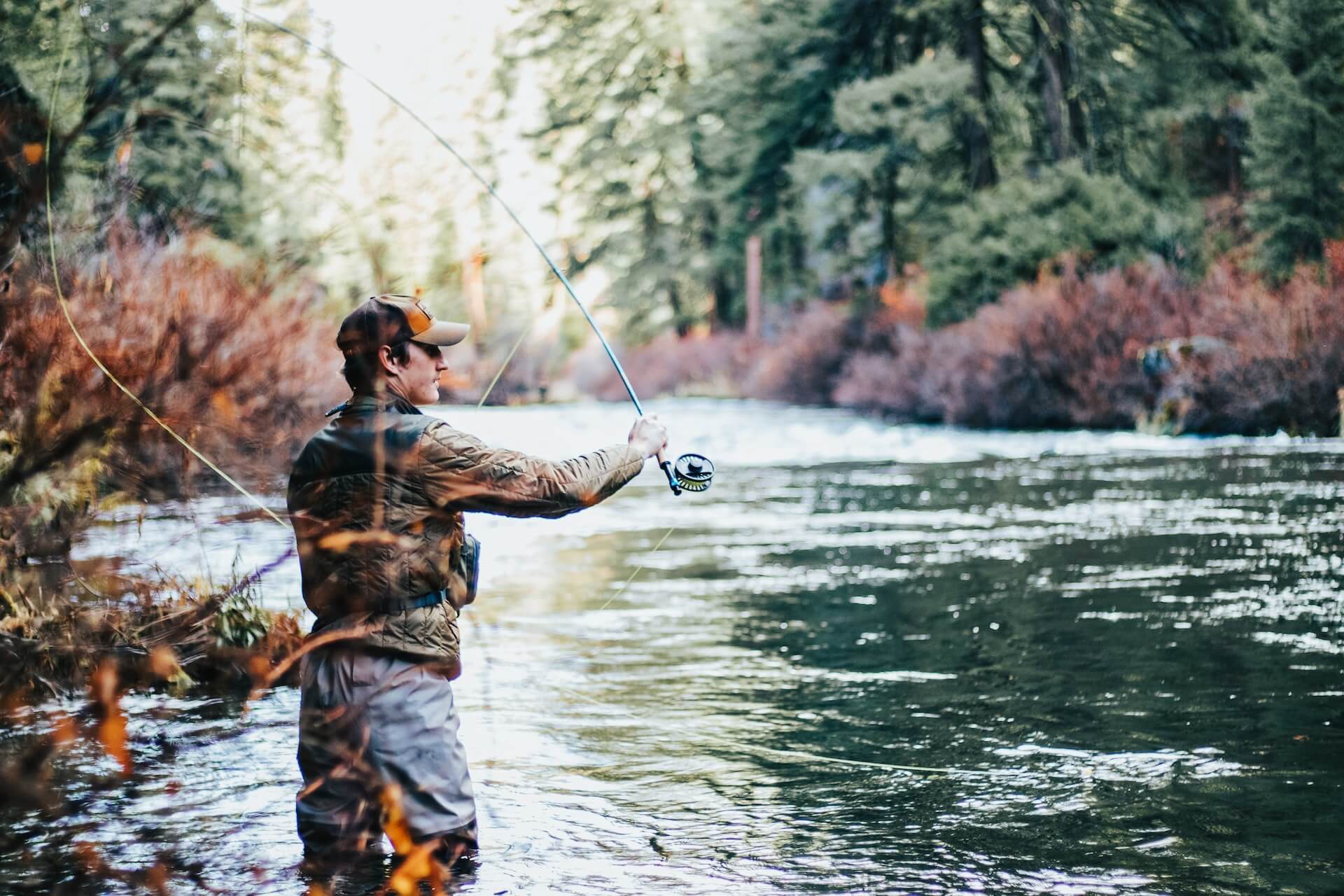
What Types of Largemouth Bass Baits Are There?
Largemouth Bass is a popular fish species among anglers, and catching them requires the use of the right bait. There are different types of largemouth bass baits designed to appeal to their feeding instincts and trigger a strike. Here are some of the most effective largemouth bass baits used by anglers:
- Live bait – worms or minnows, can be effective in mimicking the movements of natural prey and triggering a strike from the fish. For example, Strike King Rage Bug can be a good choice of bait.
- Soft plastic baits – These come in various shapes and sizes, including worms, lizards, crawfish, and creature baits. They mimic the natural movements of these creatures, making them an irresistible target for largemouth bass.
- Crankbaits – These artificial lures have a lip that causes them to wobble and dive underwater, mimicking the swimming patterns of small fish. They come in different colors and sizes and are effective in various water conditions.
- Spinnerbaits – These baits consist of a metal blade that rotates around a wire with a hook at the end. They create flashy vibrations that attract fish and make them a favorite among anglers.
- Jigs – Jigs have a lead head, and the hook is typically tipped with a soft plastic bait or a natural bait such as a minnow or worm. They are versatile and can be used in different water conditions, making them an essential tool for bass anglers.
- Topwater baits – These baits are designed to float on the surface of the water, allowing anglers to create a commotion that mimics the surface of the water. They come in various shapes and styles, including poppers, frogs, and buzzbaits.
- Jerkbaits – With long and slender lures, these baits mimic the movement of prey fish. They come in a variety of colors and sizes and can be used to fish in shallow and deep waters.
What Is the Best Bait for Largemouth Bass?
When it comes to fishing for largemouth bass, choosing the right bait can make all the difference. With so many different types of bait available, it can be difficult to determine which one to use. So, be sure to check the table below:
| Type of bait | Advantages | Disadvantages |
|---|---|---|
| Live bait (such as worms and minnows) | Mimics the movements of natural prey and can be attractive to fish that are not actively feeding | Requires constant upkeep and can be difficult to keep alive for extended periods |
| Soft plastic baits (such as worms and lizards) | Can be rigged in different ways to target different areas of the water column, imitates the natural movements of prey | May not be as durable as hard baits, can be difficult to determine when a fish has taken the bait |
| Hard baits (such as crankbaits and spinnerbaits) | Can create vibration and flash to attract fish and mimic the movements of baitfish | May require specific fishing techniques to be effective and can be prone to snagging or getting caught in vegetation |
It’s worth noting that the effectiveness of each type of bait can vary depending on the specific fishing location and conditions, so it’s important to experiment with different types of bait to determine what works best.

What Factors Should You Consider When Choosing Largemouth Bass Bait
Are you tired of coming back from your fishing trips empty-handed? If you’re targeting largemouth bass, then choosing the right bait is crucial to your success. But with so many different types of bait on the market, how do you know which one to use? Fear not, because I’m here to help and ensure you have a great time out on the water.
Water Temperature and Depth
In general, largemouth bass prefers warmer water temperatures, between 68 and 78 degrees Fahrenheit, or 20 to 25 °C. So, what is the best bait for largemouth bass in the summer? Consider using topwater lures, such as buzzbaits or poppers, in shallow areas where the water is warmer. In deeper areas, jigs or soft plastic lures can be effective in mimicking the movement of prey near the bottom of the water column.
Time of Day
This fish tends to be more active during low light conditions, such as early morning, late evening, or cloudy days. During these times, topwater lures, such as buzzbaits or poppers, can be particularly effective in imitating the movements of insects or small prey on the surface of the water.
As the day progresses and the sun gets higher in the sky, the fish may move to deeper areas of the water or seek out shade and cover. In these conditions, jigs or soft plastic lures can be effective in mimicking the movements of prey near the bottom of the water column.
Weather Conditions
Windy conditions can be the most challenging for fishing largemouth bass (at least, it is for me). But I discovered that lures that create vibration, such as spinnerbaits or chatterbaits, work best. On sunny or clear days, the fish may seek out shade and cover, such as under docks or near vegetation. Then I choose soft plastic lures or jigs.
Habitat and Structure
Largemouth bass is typically found near covers, such as vegetation, fallen trees, rocks, or docks. They may also be found near changes in the water depth or bottom structure, such as drop-offs, ledges, or points. Using baits that can be fished near or through these structures can be effective in triggering a strike from the fish. For example, using weedless lures, such as Texas-rigged soft plastic worms or jigs, can allow you to fish near vegetation without getting snagged.
Fishing Technique and Personal Preference
As we all know, different baits require different fishing techniques, and certain techniques may be more effective depending on the conditions and the behavior of the fish. For example, using topwater lures requires a different technique than using soft plastic lures or jigs. Some anglers may prefer a particular type of bait or technique based on their personal experience or preference.
Tips for Choosing the Best Largemouth Bass Bait
To successfully catch this elusive species, choosing the right bait is crucial. With so many different types of bait available in the market, selecting the best largemouth bass bait can be a daunting task for beginners and experienced anglers alike. So, let’s check some useful tips and tricks that have helped me a lot.
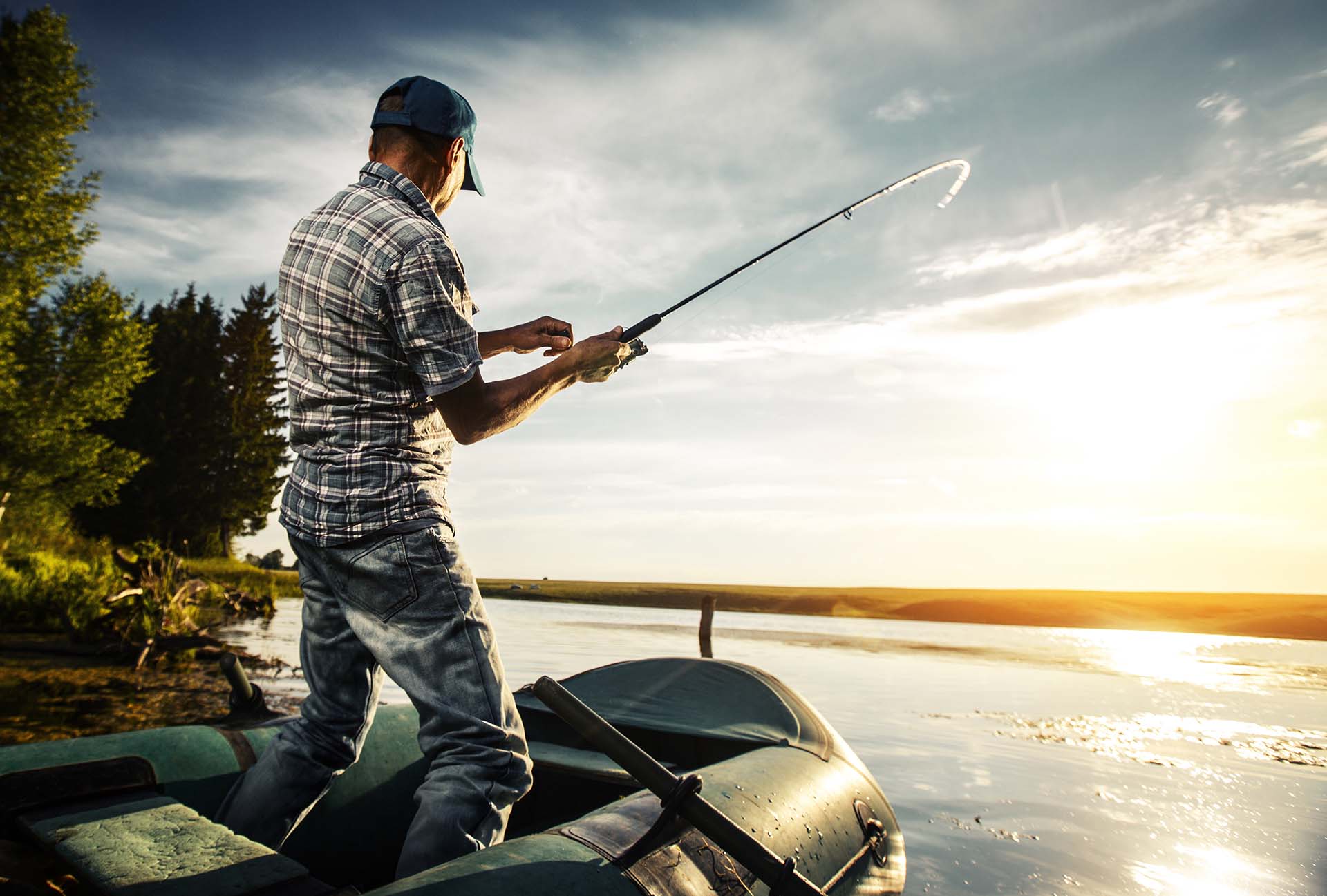
Research and Gather Information About the Fishing Location and Conditions
Having a successful fishing trip will depend on so many factors. But making an effort and having all the right information, like the types of fish present in the area, their feeding habits, and their preferred habitat, will surely help. Also, check the local fishing reports and have a chat with other anglers who have fished in the area. There’s nothing more valuable than others’ experiences, right?
Experiment With Different Types of Bait and Observe the Fish’s Behavior
Different types of bait can attract different fish species, and even the same species may prefer different bait depending on the location and time of year. So, ensure you try several baits and observe the fish’s behavior. That way, you’ll understand better what they are feeding on and how they are reacting to the bait. For example, if the fish are not showing interest in a particular bait, you may need to switch to something else or change the presentation of the bait.
Use Multiple Types of Bait in Different Areas of the Water
This is because different types of bait will appeal to fish in different areas of the water column, such as the surface, mid-water, or bottom. For example, using topwater lures in shallow areas can attract bass that feeds on insects, while using jigs or soft plastic lures on the bottom work better for fish that are foraging for prey in deeper areas.
Consider Using a Combination of Live Bait and Artificial Lures
Live bait, such as minnows or worms, can be especially effective when the fish are not actively feeding or are being picky about the type of bait they will take. Artificial lures, such as crankbaits or spinnerbaits, can mimic the movement of live prey and can be effective in triggering a reaction strike from the bass. Using a combination of live bait and artificial lures allows you to cover different feeding behaviors and preferences of largemouth bass, increasing your chances of catching fish.
Always Have a Variety of Bait Options on Hand
As you may already know, the preferences of the fish can change depending on the time of day, water conditions, and other factors. Having a selection of baits, such as crankbaits, spinnerbaits, jigs, worms, and live bait, allows you to switch between different types of bait until you find what works. It’s also a good idea to bring different colors and sizes of each type of bait to ensure you have a range of options that can be adjusted as needed.

With the Right Bait, Your Fishing Season Will Be Very Successful
Tempers can flare during fishing season, and patience is essential. But with the right bait in your arsenal – a good knowledge of fishing techniques and what works best for you – you’ll be sure that this fishing season will be an incredibly successful one. Just don’t forget to take a minute to relax. Watching the beauty of nature as you wait for your next bite is half the fun. With a little bit of luck and plenty of skill, you won’t just have a great time – you’ll also bring home enough fish for dinner every night! Good luck, and enjoy your time out on the water.

